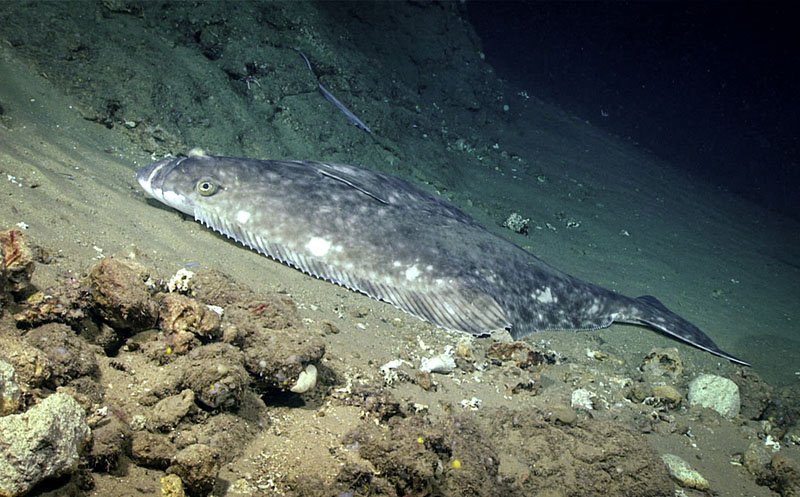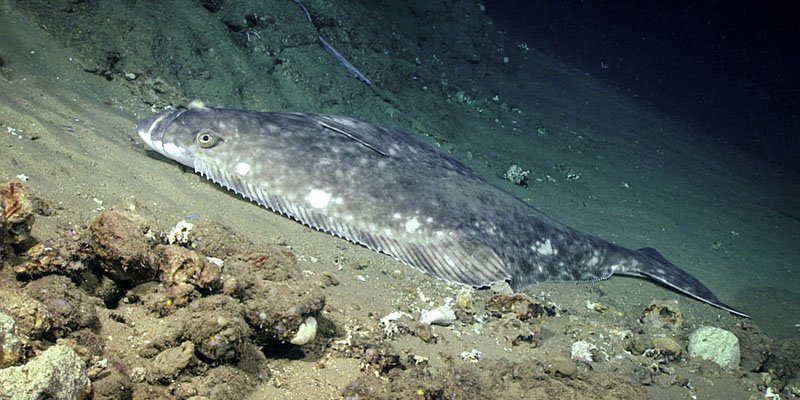
Let’s dive into the world of halibuts, explore their conservation status, and understand what’s being done to protect these incredible fish. You might be surprised to learn about the factors affecting their populations and how we can all make a difference. So, grab your favorite beverage, and let’s get started on this journey of discovery!
What Are Halibuts?
Halibuts are fascinating creatures. They belong to a family of fish called *Pleuronectidae*, which includes several species. The most well-known types are the Pacific halibut and the Atlantic halibut. Both have a unique feature: their bodies are flattened, and they lie on one side, giving them their distinctive shape. But it’s not just their looks that make them interesting.
These fish can grow to impressive sizes. Pacific halibuts can weigh over 500 pounds and reach lengths of up to 8 feet! Imagine reeling in a fish that big! They primarily live at the ocean’s bottom, using their camouflaged skin to blend in and ambush prey like smaller fish and squid. This predatory behavior plays a crucial role in maintaining the balance of marine life.
But it’s not all rainbows and sunshine for halibuts. Human activities have put pressure on their populations, leading to concerns about their survival. Let’s look deeper into whether halibuts are endangered.
Are Halibuts Endangered? The Current Status
So, let’s answer the big question: Are halibuts endangered? The short answer is, not quite, but they’re definitely facing challenges. According to the International Union for Conservation of Nature (IUCN), the Atlantic halibut is classified as *vulnerable*, while the Pacific halibut is considered to be at lower risk.
However, that doesn’t mean we should rest easy. Overfishing has been a significant concern for both species. In the past, unsustainable fishing practices, including trawling and longlining, led to dramatic declines in halibut numbers. While regulations have improved in recent years, it’s a constant battle to maintain sustainable levels.
Let’s not forget about the health of their habitats. Climate change is impacting ocean temperatures and ecosystems, which could disrupt halibut populations. Warmer waters affect food availability and could force halibuts to migrate to cooler areas, creating additional challenges for fishermen and conservationists alike.
Factors Affecting Halibut Populations
Several key factors impact halibut populations. Understanding these can help us better grasp why conservation efforts are so essential. Here are some of the most significant influencers:
- Overfishing: This is a huge issue, especially for the Atlantic halibut. Past overfishing led to drastic declines, and while measures are in place now, it’s a constant effort to keep fish stocks healthy.
- Climate Change: Rising ocean temperatures can affect halibut habitats. As environments change, so do the fish. They might migrate for cooler waters, which changes fishing dynamics.
- Pollution: Chemicals and waste entering the ocean can harm marine life, including halibuts. Pollutants can disrupt their reproductive cycles and lead to health issues.
- Habitat Destruction: Activities like bottom trawling can destroy the ocean floor, which is crucial for halibut breeding and growth.
Each of these factors plays a role in whether halibuts thrive or struggle. This complexity emphasizes the importance of conservation efforts.
Conservation Efforts and Success Stories
Here’s the thing: while the situation for halibuts sounds concerning, there’s good news. Many organizations and governments are working hard to protect these amazing fish. Let’s look at some of the conservation measures that have been put in place.
Firstly, fishing quotas have been established to prevent overfishing. These limits help ensure that halibut populations can recover and thrive. Additionally, closed seasons and specific fishing methods have been enforced to minimize the impact on juvenile halibuts.
On a positive note, there are success stories. In regions where sustainable practices have been adopted, halibut numbers have shown signs of recovery. Fisheries that practice responsible fishing methods not only help halibuts but also ensure that the industry can continue for future generations.
Moreover, research and monitoring efforts are crucial. Scientists are continually studying halibut populations to better understand their behaviors and needs. This data helps inform policies and ensures that conservation measures are effective.
What Can You Do to Help?
You might be wondering, “What can I do to help halibuts?” Believe it or not, every little action counts! Here are some straightforward steps you can take:
- Choose sustainable seafood: When buying fish, look for certifications from organizations like the Marine Stewardship Council (MSC). This helps support fisheries that practice responsible fishing.
- Support conservation organizations: Donate to or volunteer with groups dedicated to marine conservation. Your support can make a real difference.
- Advocate for change: Speak up for policies that protect marine environments. Contact your local representatives and express your concerns about overfishing and pollution.
Being an informed consumer and advocating for the environment can have a lasting impact on halibut populations and the health of our oceans.
Halibuts may not be classified as endangered, but their populations are certainly facing challenges. Overfishing, climate change, and habitat destruction all pose threats to these magnificent fish. The good news is that there are conservation efforts in place, and success stories are emerging.
Ultimately, protecting halibuts is a collective responsibility. By making informed choices and supporting sustainable practices, we can help ensure that these fish thrive for generations to come. Every effort counts, and together, we can make a difference in the world of halibuts and our oceans as a whole. Let’s keep the conversation going and continue to advocate for the health of our marine ecosystems!

